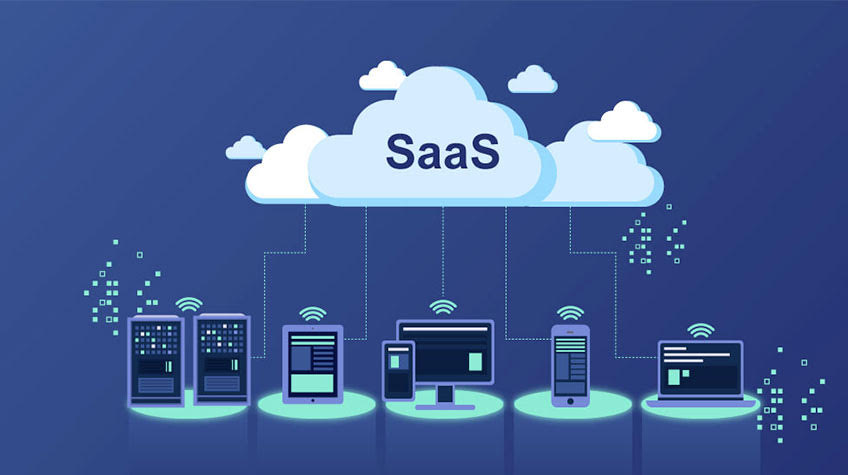Security is by far one of the biggest concerns of businesses in the 21st century. Not only has the internet opened up a whole criminal underground designed around the theft of private company data, but an increase in media outlets has ensured that any organization that becomes the victim of such a crime will receive quite a lot of news coverage as a result.
The reputation hit alone can completely cripple an institution, which is why it’s always best to prepare for the worst when it comes to hackers. One of the main vectors cybercriminals like to target is the storage and transmission of private data. Companies and customers very often have to trade sensitive information in order to conduct business, and this gives the hacker an opportunity to profit.
There are a few ways to go about fixing this problem, but one of the best is to simply switch to a more secure means of communication. Fax over IP has long been regarded as an incredibly safe way to move and store sensitive data, and for good reason. The Fax over IP technology’s ability to ward off data breaches is relied on by some of the most security-focused industries such as health care and finance.
To that end, let’s take a look at some of the most common hacking techniques that cybercriminals use in order to steal your company’s data, as well as how FoIP can help you prevent hacking of your information.
1. Phishing
Phishing is the technique that hackers of all shapes and sizes love to employ. It’s simple, effective and it’s sometimes embarrassing enough to make a company want to simply avoid reporting the crime in order to save face with the public. This method basically involves a hacker crafting an email that looks like it’s coming from an authority figure.
Exactly which organization the hacker impersonates depends entirely on the intended target. Hackers very often send phishing emails to thousands of recipients, hoping that at least a few will fall for it. These wide-net schemes generally look like they’re coming from an institution that every person would know, such as the FBI or Amazon. This message will then either ask for the employee to send back information that could compromise their login credentials or simply tell them to click a link that will download malware onto their machine.
 Hackers play the numbers game with standard phishing scams.
Hackers play the numbers game with standard phishing scams.While these wide-net phishing attacks are pretty effective, they aren’t good at getting access to the data of a specific individual. For these problems, hackers will utilize spear phishing. This is where the criminal will create an email that is tailored to a particular person, such as a CEO. These take much more time and generally have a lower success rate, but the payoff is almost always worth it, as these more valuable targets generally have access to money or profitable information.
Email addresses are the targets in these schemes, which is why FoIP is so good at avoiding phishing scams. By reeling back on the number of emails your employees get within a single day, you give them the ability to more critically investigate the messages they do get. On top of that, if your employees aren’t used to receiving documents as attachments within emails, they’re less likely to click on links provided by a malicious source.
2. Physical theft of private records
Although most people imagine hackers to be relegated solely to a digital space, the fact of the matter is that these criminals very often use physical theft as a means of gathering information. Hacking is all about taking the most efficient way to access protected information, and sometimes the best way to do this is to infiltrate the facility that houses the data.
Social-Engineer, a security consulting firm, has a whole list of physical theft techniques that hackers like to employ against their victims. A good example of this is the delivery person scheme. Most people inherently trust someone in a delivery uniform, but what they don’t know is that these articles of clothing can be easily purchased on the internet. A hacker will purchase such a uniform, go to the front desk at the company he’s infiltrating, and request to drop off a package somewhere. Sadly, a front desk employee will generally trust this person, perhaps asking him to sign in, and allow him access to the building.
“FoIP files are stored in the cloud and are intensely guarded.”
Once he’s in, the hacker has free rein to go just about wherever he wants.This is especially dangerous if a company relies on physical documents such as those printed from a legacy fax machine. The criminal can find this storage area, grab as many files as he can hide and make his way back down to the lobby.
While improved physical security and an increase in employee education are key in order to crack down on this kind of crime, FoIP systems can also help. These solutions work just like legacy fax machines, which means that clients and business partners that rely on legacy fax systems don’t have to change anything. What’s more, FoIP files are stored in the cloud and are intensely guarded, so a physical break-in of your facility won’t result in a data breach.
3. Ransomware
There are few pieces of malware more terrifying than ransomware. This malicious software works by gaining access to a single computer or even an entire network, generally through a phishing scheme or having been tacked on to a disreputable website. Once inside, the ransomware encrypts all the information contained on the machine or network and demands a sum of money in order to release the information.
Ransomware is certainly something individual users need to worry about, but this malware should be especially disconcerting to businesses that need access to sensitive information to function properly. Sadly, many companies and individuals simply aren’t prepared for ransomware. In fact, the Cyber Threat Alliance discovered that a single piece of ransomware – named CryptoWall – was responsible for damages amounting to $325 million in 2015. The fact that this is just one variant of this malware should make clear how serious this problem is.
Thankfully, this issue can be easily mitigated with a reliance on FoIP. Not only are these scams generally distributed via email, but the fact that FoIP stores information in the cloud means that any ransomware attack won’t affect access to important documents. Companies looking to avoid such an infection obviously need to take other preventative steps – such as investing in robust cybersecurity software – but FoIP is certainly a great place to start.
Enhance enterprise communication, collaboration and compliance efforts with a proven FoIP solution from FaxCore. Contact FaxCore today to learn more about their ‘Partly-Cloudy’ fax solutions.





